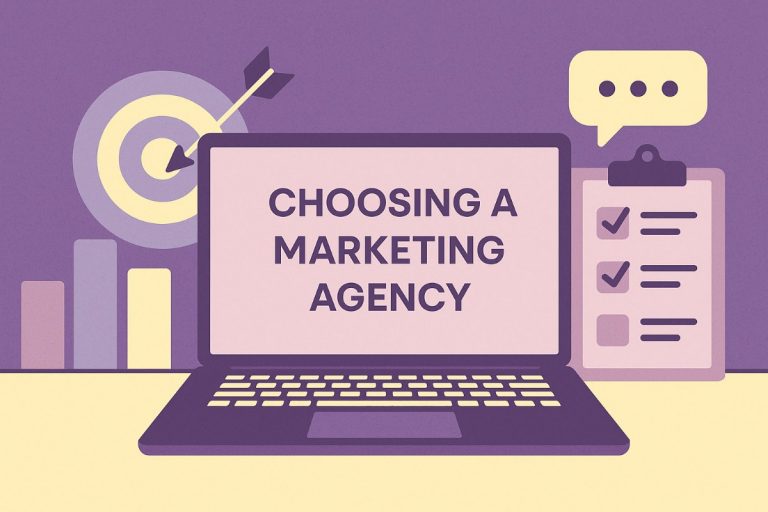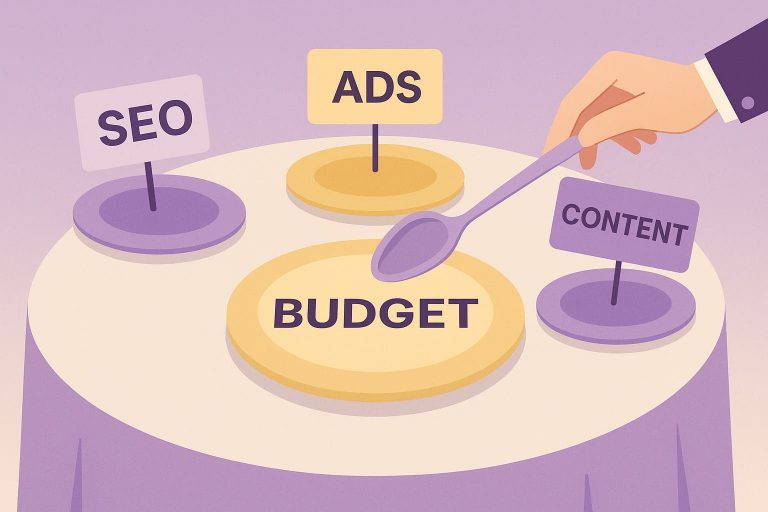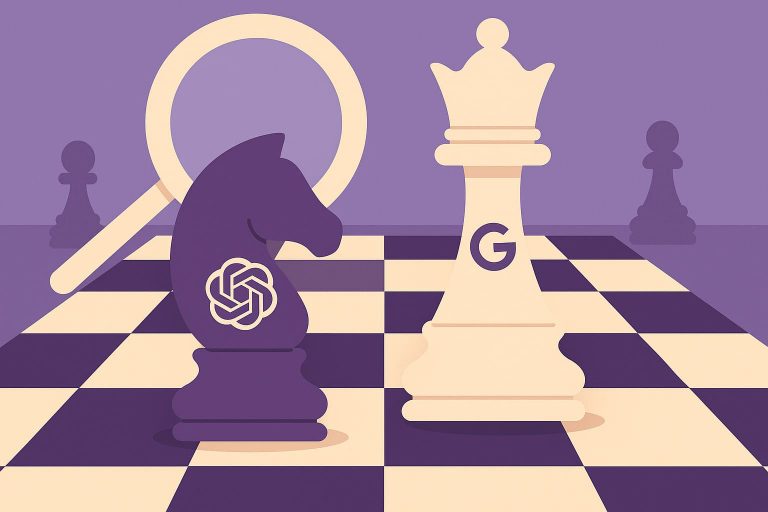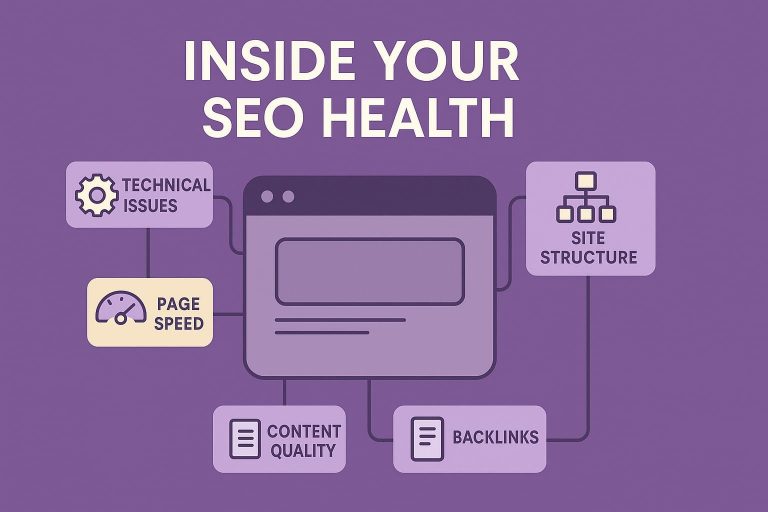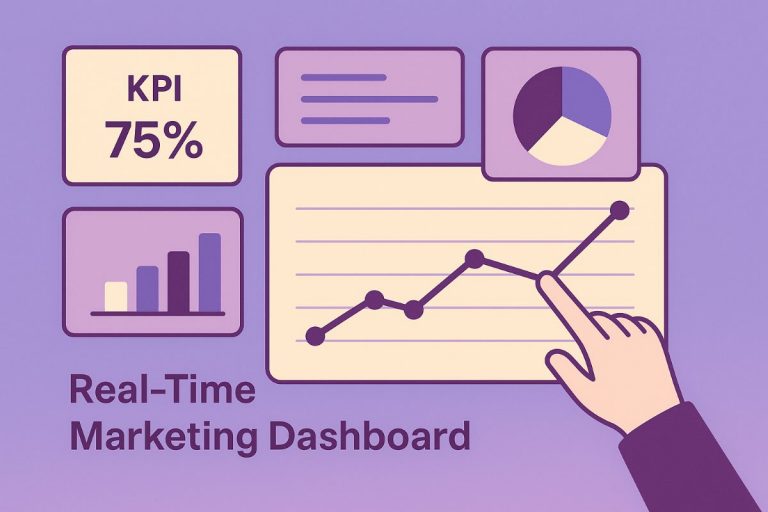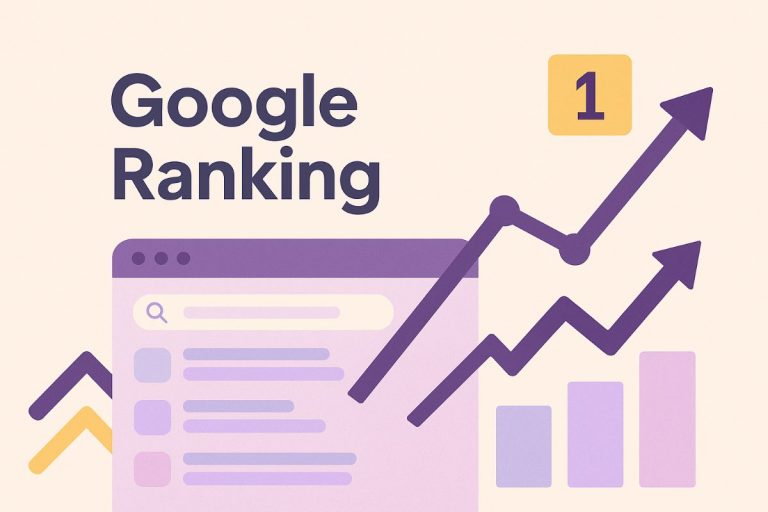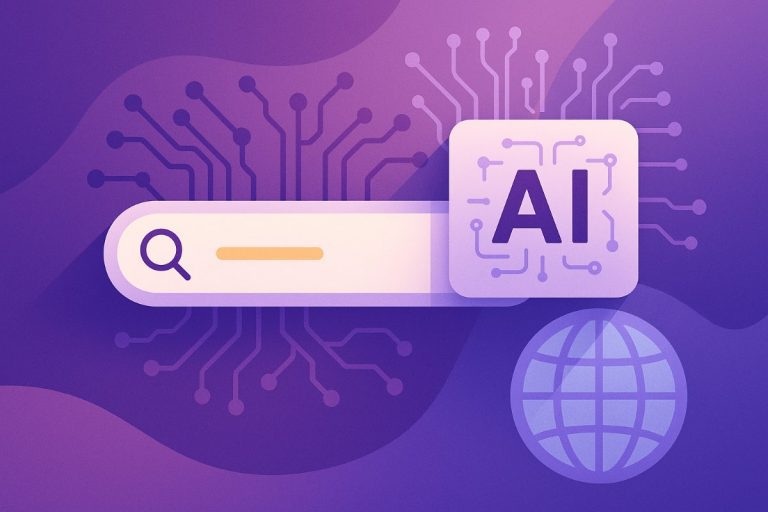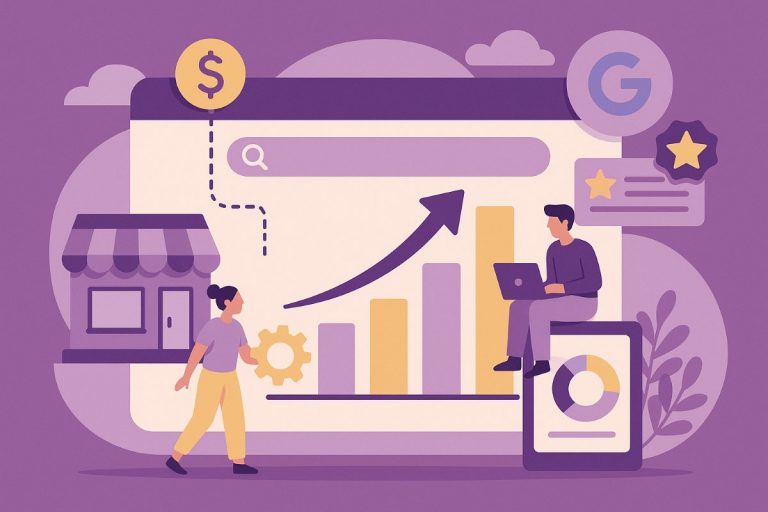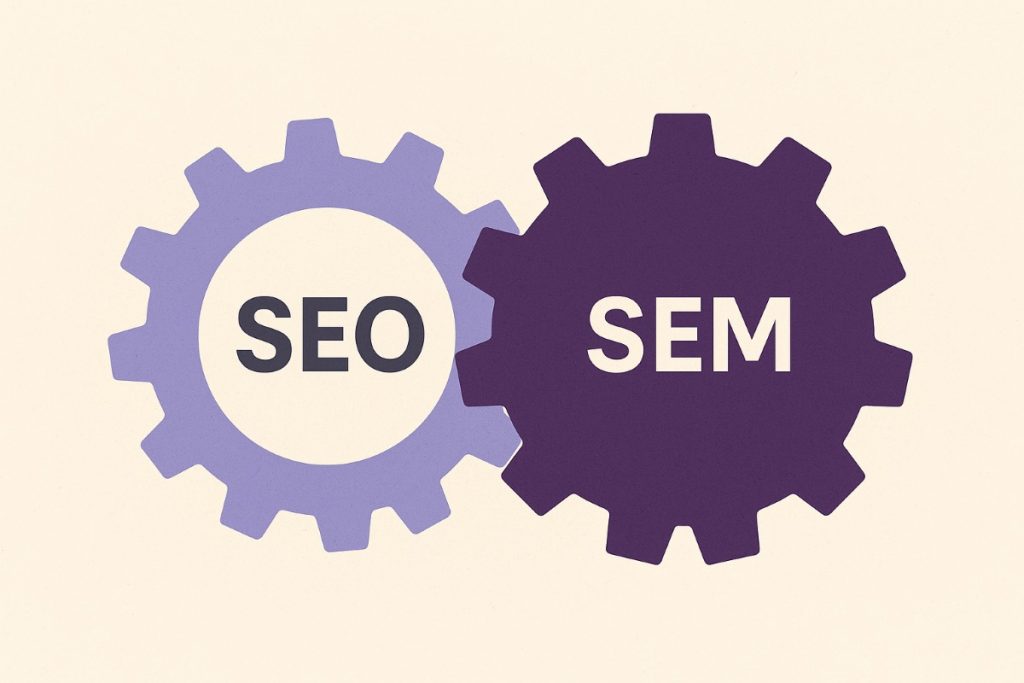
- Understanding SEO and SEM: Definitions and Core Concepts
- What is SEO and How Does it Work?
- What is SEM and How Does it Work?
- SEO vs SEM: 5 Critical Differences You Need to Know
- Longevity and Sustainability of Results
- When to Choose SEO vs SEM: Decision Framework
- Integrating SEO and SEM: A Proven Approach for Synergistic Results
- Measuring Success: Essential Metrics for SEO and SEM
- Future-Proofing Your Search Strategy: Emerging Trends in SEO and SEM
- Conclusion: Creating Your Winning Search Marketing Strategy
- Frequently Asked Questions About SEO vs SEM
You’re staring at your monthly marketing budget, wondering: Should you pour resources into SEO or double down on paid ads? Here’s the truth — this isn’t a choice between good and bad. It’s about timing, goals, and understanding what actually drives results for your business. One strategy builds equity that compounds over time. The other delivers immediate visibility but requires constant feeding. Let’s cut through the noise and show you exactly when each approach wins.
Understanding SEO and SEM: Definitions and Core Concepts
The confusion starts with terminology. Most marketers use the term Search Engine Marketing (SEM) when they actually mean paid search advertising. In fact, SEM is the umbrella term covering both organic and paid search strategies. Search Engine Optimization (SEO) focuses purely on earning free traffic through better rankings. Think of it this way: SEO builds your foundation, while paid search amplifies your reach.
Most marketers use “SEM” when they actually mean paid search advertising. Technically, Search Engine Marketing is the umbrella term covering both organic and paid search strategies. Search Engine Optimization focuses purely on earning free traffic through better rankings. Think of it this way: SEO builds your foundation, while paid search amplifies your reach.
Search engine results pages split into two distinct sections. Paid advertisements appear at the top with “Sponsored” labels. Organic results follow below, earned through relevance and authority rather than bidding. Your website can appear in both sections simultaneously — and smart brands leverage this dual presence to dominate their market. The question isn’t which one to choose, but how to orchestrate both for maximum impact.
What is SEO and How Does it Work?
SEO transforms your website into a magnet for search engines. When someone types “enterprise project management software” into Google, sophisticated algorithms scan billions of pages in milliseconds. Your goal? Make your content the obvious answer. This happens through three interconnected pillars working in harmony.
On-page optimization puts your best foot forward. You’re crafting title tags that include target keywords naturally, writing meta descriptions that compel clicks, and structuring content so both humans and search engines understand it immediately. Every heading, every internal link, every image alt tag sends signals about your page’s relevance.
Off-page SEO builds your reputation across the web. When authoritative sites link to your content, search engines interpret this as a trust signal. One quality backlink from an industry publication carries more weight than hundreds of low-quality directory listings. Social mentions, brand searches, and online reviews all feed into your site’s perceived authority. Technical SEO ensures search engines can actually access and understand your site — fixing broken links, improving page speed, implementing structured data, and creating XML sitemaps.
Three Pillars of SEO:
- On-page SEO — Content optimization, keyword research, meta tags, internal linking.
- Off-page SEO — Backlink building, social signals, brand mentions, digital PR.
- Technical SEO — Site speed, mobile-friendliness, structured data, crawlability.
What is SEM and How Does it Work?
SEM puts your website at the top of search results immediately — for a price. You’re essentially renting billboard space on Google’s most valuable real estate. When someone searches for your target keyword, your ad appears above organic results. You only pay when someone clicks, making every dollar traceable to specific actions.
The magic happens in the ad auction. You submit bids for keywords like “emergency plumber Boston” or “buy standing desk.” But highest bid doesn’t automatically win. Google weighs your bid against your Quality Score — a metric combining expected click-through rate, ad relevance, and landing page experience. A well-optimized ad with lower bid often beats a poorly crafted ad with higher spend.
Your ad copy needs to accomplish three things in under 90 characters: match search intent, differentiate from competitors, and include a compelling call-to-action. The landing page experience determines whether that click converts into revenue. Slow loading times, confusing navigation, or mismatched messaging between ad and page kills conversion rates faster than anything else.
SEO vs SEM: 5 Critical Differences You Need to Know
The decision between SEO and paid search isn’t theoretical — it impacts your cash flow, hiring decisions, and growth trajectory. Understanding these five dimensions helps you allocate resources strategically rather than chasing whatever sounds exciting this quarter.
| Dimension | SEO | SEM/PPC | Winner Depends On |
|---|---|---|---|
| Timeline | 3-12 months to see significant traction | Immediate visibility once campaigns launch | Your urgency and patience level |
| Cost Structure | Upfront investment, decreasing per-visitor cost over time | Ongoing per-click expenses that scale with traffic | Your budget size and time horizon |
| Longevity | Rankings persist even if you pause efforts temporarily | Traffic stops immediately when budget runs out | Your need for sustainable vs. flexible traffic |
| Control | Limited control over exact positioning and timing | Precise control over ad placement, schedule, and audience | How much precision you need |
Timeline: How Long Until You See Results
SEM delivers instant gratification. Launch a campaign at 9 AM, get your first click by 9:15 AM. This immediacy makes paid search perfect for testing new markets, promoting time-sensitive offers, or generating leads while your SEO builds momentum. Results are predictable: spend $1,000, get approximately X clicks based on your industry’s average cost-per-click.
SEO requires patience that most executives don’t naturally possess. Expect 3-6 months before seeing meaningful traffic increases. Competitive industries can stretch this to 12+ months. But here’s what changes: after that initial climb, traffic continues growing without proportional investment increases.
Investment and ROI Considerations: Breaking Down the Costs
Let’s talk real numbers. SEO services typically start at $1,500 monthly for small businesses and scale up to $3,900+ monthly for comprehensive enterprise strategies, with one-time audit packages ranging from $3,500 to $8,000 for urgent situations. The key advantage? These costs remain relatively stable even as traffic doubles or triples over time.
SEM requires both management fees and ad spend. Professional PPC management starts at $1,500 monthly for starter campaigns and scales to $6,000+ for enterprise solutions — but that’s just the management cost. You’ll need an additional $1,500-$3,000+ monthly minimum in actual ad spend to allow competitive bidding and testing. Cost-per-click varies wildly by industry — $2 for e-commerce searches, $50+ for legal services, $100+ for insurance keywords. These costs scale directly with traffic volume and never decrease.
The ROI gap widens dramatically over time. SEO delivers an average 748% return over three years, while PPC averages just 36%. According to recent data, organic customer acquisition costs run approximately 65% lower than paid search across industries. This difference explains why sophisticated marketers view SEO as buying the cow and SEM as renting the milk. Both have their place, but one builds lasting equity.
Longevity and Sustainability of Results
Stop paying for PPC, watch your traffic vanish instantly. This zero-to-zero cliff creates constant pressure to maintain ad spend regardless of business conditions. During economic downturns or seasonal slumps, this becomes a serious vulnerability. You’re essentially leasing your visibility rather than owning it.
Organic rankings demonstrate remarkable resilience. Pause content production for three months? Your existing pages continue ranking, driving traffic, generating leads. Rankings don’t disappear overnight unless you make catastrophic technical errors. One manufacturing client maintained 80% of their organic traffic during a six-month hiring freeze — their paid traffic dropped to zero the day budgets got cut.
That said, SEO isn’t truly “set and forget.” Algorithm updates, new competitors, and changing search behaviors require ongoing attention. But the maintenance effort pales compared to the constant feeding required by paid campaigns.
Control and Flexibility Factors
PPC gives you godlike control over your search presence. Target specific cities, exclude certain demographics, show ads only during business hours, increase bids during high-conversion periods. Launch a new product? Create an ad campaign today and appear for relevant searches tomorrow. Need to test different value propositions? Run five ad variations simultaneously and let data decide the winner.
SEO operates under Google’s rules, not yours. You can’t guarantee a #1 ranking no matter how much you invest. Algorithm updates can shuffle rankings overnight. Your perfectly optimized page might still rank #5 if four stronger competitors exist. This uncertainty frustrates executives accustomed to precise budget-to-outcome relationships.
The strategic answer? Use SEM’s control to test messaging and offers, then bake the winners into your long-term SEO content strategy. Paid search becomes your laboratory, organic search your production facility.
Conversion Rate and Traffic Quality
Here’s where data demolishes assumptions. According to industry research, organic search traffic converts at 2.4% on average compared to 1.3% for paid search — nearly double the conversion rate. Recent studies show top organic positions receive 39.8% click-through rates versus 2.1% for top paid positions. The trust factor isn’t subtle; it’s overwhelming.
Users increasingly recognize and skip paid ads. Ad blockers, banner blindness, and general skepticism toward advertising mean your paid placement fights uphill battles. Organic results signal authority and trustworthiness that money can’t buy directly. When legal and financial services see SEO convert at 7.3× the rate of PPC, this isn’t coincidence — it’s human psychology at scale.
But context matters. High-intent commercial keywords like “buy iPhone 15” or “emergency locksmith” often convert better through paid search because users want immediate solutions and expect to see ads. Informational searches and research-phase queries favor organic results where users seek unbiased information.
When to Choose SEO vs SEM: Decision Framework
Smart businesses don’t choose between SEO and SEM based on opinions or industry trends. They evaluate specific business conditions, competitive dynamics, and resource availability. Use this decision framework to determine where to concentrate your initial efforts and budget allocation.
Decision Tree Quick Guide:
- Need leads THIS month? → Start with SEM
- Building for 3+ years? → Prioritize SEO
- High customer lifetime value? → Invest heavily in SEO
- Testing new market? → Use SEM to validate
- Established competitors dominating organic? → Use SEM while building SEO
- Limited ongoing budget? → Focus on SEO
- Can you invest $10K+ upfront? → Launch SEO immediately
Business Scenarios Ideal for SEO Focus
Long-term play with patience and capital. You’ve got $50,000 to invest upfront and can wait 6-12 months for momentum. Your average customer value exceeds $5,000, making the math work even with longer sales cycles. A B2B SaaS company entering the project management space fits here perfectly — high lifetime values, educated buyers doing extensive research, and the ability to sustain investment during the growth phase.
Educational content drives your sales process. Your prospects need to understand their problem before recognizing your solution. A financial advisory firm publishing comprehensive guides on retirement planning, tax strategies, and estate planning builds authority that drives high-value client acquisitions. These aren’t quick impulse purchases — they’re considered decisions favoring brands demonstrating expertise through organic content.
Competitive advantages beyond price. When you can’t compete on price alone, establishing thought leadership through organic presence becomes critical. A boutique marketing agency might never outbid enterprise agencies for “digital marketing services” in paid search. But ranking organically for “manufacturing marketing strategy” or “industrial B2B lead generation” through specialized content lets them compete effectively in their niche.
When to Prioritize SEM for Maximum Impact
Launch scenarios and market validation. You’re entering a new geographic market or launching a product category where you have zero presence. A home services company expanding from Boston to Miami needs immediate visibility while building local SEO. Running targeted PPC campaigns generates revenue immediately, validates demand, and identifies which services resonate with the new market.
Time-sensitive promotions and seasonal business. Your revenue concentrates in specific periods — tax season, holiday shopping, back-to-school. Waiting six months for SEO rankings misses your entire revenue window. An accountant promoting tax services from January-April needs to dominate search results NOW, making paid search the obvious choice for capturing seasonal demand.
High competition requires immediate presence. Five established competitors monopolize organic results for your core keywords. Building SEO to compete will take 18-24 months. Meanwhile, you need leads today to survive. SEM lets you compete immediately while your SEO efforts mature. This hybrid approach prevents you from starving while planting seeds for future harvest.
Integrating SEO and SEM: A Proven Approach for Synergistic Results
The real competitive advantage isn’t choosing between SEO and SEM — it’s orchestrating both strategies to create compounding effects. Smart integration turns data from each channel into fuel for improving the other. Your paid campaigns become testing grounds for organic strategy. Your organic traffic offsets paid costs in predictable patterns.
As a leading digital marketing agency, LeadCraft has delivered 120+ complex SEO projects and generates 50,000+ qualified leads monthly for clients through strategic integration of enterprise SEO services and PPC management. This proven approach creates feedback loops between SEO and SEM campaigns that continuously improve performance across both channels. Our full-spectrum solutions — including SERM, content creation, link building, and international SEO — ensure businesses can leverage both strategies effectively, turning “Traffic + Conversion = Sales” into a proven growth formula.
7-Step Integrated Search Strategy:
- Conduct comprehensive keyword research across both channels — Use tools like Semrush or Ahrefs to identify the full keyword landscape, then segment by intent and competition.
- Allocate high-intent, high-competition keywords to SEM — Commercial terms like “buy,” “hire,” or “software demo” typically perform better with paid placement initially.
- Build SEO foundation targeting informational and long-tail keywords — Create pillar content around educational queries that attract early-stage prospects.
- Use SEM data to inform SEO content strategy — Keywords with high conversion rates in paid search become priority targets for organic content development.
- Leverage SEO content to improve Quality Score in SEM — Landing pages optimized for organic search typically score higher in Google’s Quality Score algorithm, reducing PPC costs.
- Gradually shift budget as organic rankings improve — Track keyword-level performance and reduce paid spend when organic positions reach top 3 rankings.
- Maintain SEM presence for competitive terms and testing — Even with strong organic rankings, strategic paid placements protect market share and enable continuous testing
Leveraging Data Between SEO and SEM for Enhanced Performance
Your paid search campaigns generate conversion data within days. Which keywords actually drive sales versus curious clicks? What messaging resonates enough to justify higher cost-per-click? This intelligence accelerates your SEO strategy dramatically — no need to guess which topics deserve content investment when paid data already revealed the winners.
Flip the relationship around. Your organic pages reveal which topics naturally attract engaged audiences. A blog post ranking #4 with 3% click-through rate but 6-minute average session duration signals high-quality traffic. Clone that topic angle into paid ad campaigns targeting related commercial keywords. The audience engagement patterns transfer across channels because the underlying search intent remains consistent.
Budget Allocation Between Channels
Most sophisticated B2B companies eventually settle around 75% SEO and 25% SEM after initial growth phases. This ratio reflects SEO’s superior long-term ROI while maintaining paid search for flexibility and competitive protection. But your optimal split depends on business maturity, competition intensity, and customer lifetime value.
Early-stage companies often invert this ratio — 70-80% paid search while SEO infrastructure builds. You need leads tomorrow to survive, making immediate paid results non-negotiable. As organic rankings improve, gradually shift budget toward sustainable channels. Track your organic customer acquisition cost monthly; when it drops below paid search CAC, accelerate the transition.
Calculate your breakeven timeline: divide your total SEO investment by your monthly paid search spend. If you’re spending $10,000 monthly on PPC and would invest $50,000 in comprehensive SEO, you’d break even in five months if organic traffic completely replaced paid. Reality shows 12-18 month breakeven timeframes, but the math clarifies decision-making.
Measuring Success: Essential Metrics for SEO and SEM
Vanity metrics kill marketing budgets. Impressions, page views, and rankings mean nothing if they don’t connect to revenue. Track metrics that actually matter — the ones your CFO cares about when evaluating marketing effectiveness and budget allocation.
| Metric Category | SEO Key Metrics | SEM Key Metrics | What Actually Matters |
|---|---|---|---|
| Visibility | Organic traffic, keyword rankings, impressions | Impression share, ad position, reach | Growing month-over-month |
| Engagement | Click-through rate, bounce rate, time on page | Click-through rate, Quality Score | Users taking next step |
| Conversions | Organic conversion rate, assisted conversions | Conversion rate, cost per acquisition | Lead quality and volume |
| Revenue | Revenue per organic session, assisted revenue | ROAS, revenue per click | Profit after marketing costs |
| Efficiency | Organic CAC, cost per organic lead | Cost per click, cost per conversion | Decreasing acquisition costs |
SEO Performance Metrics That Matter
Organic traffic growth tells you whether your visibility expands or contracts. But raw traffic numbers deceive — 10,000 visitors from irrelevant keywords generates zero value. Segment traffic by landing page, then connect pages to conversion events. Your blog post attracting 5,000 monthly visitors with 0.1% conversion rate underperforms a service page getting 300 visitors at 4% conversion rate.
Keyword ranking distribution matters more than individual positions. Track what percentage of your keywords rank in positions 1-3 (high-visibility zone), 4-10 (page one), 11-20 (page two), and 21-50 (page three+). Watch this distribution shift upward month-over-month. A successful SEO campaign shows steady migration from lower positions into the top three spots.
Critical SEM Metrics for Optimization
Quality Score determines everything in Google Ads. This 1-10 rating combines expected CTR, ad relevance, and landing page experience. Scores above 7 reduce your cost-per-click by 15-30% compared to competitors with scores below 5. Obsess over Quality Score improvement — better scores compound into massive cost advantages over time.
Cost per acquisition (CPA) reveals true campaign profitability. You might pay $15 per click, but if conversion rate sits at 3%, your actual customer acquisition cost hits $500. When average customer lifetime value reaches $2,000, that’s acceptable. When CLTV is $600, you’re burning cash. Calculate CPA by dividing total ad spend by conversion volume, then compare against customer value.
Future-Proofing Your Search Strategy: Emerging Trends in SEO and SEM
The search landscape transforms faster than most businesses adapt. AI-powered features now dominate 13.14% of all search queries, up from 6.49% just two months earlier. Voice search users will reach 8.4 billion by 2026. Businesses optimizing only for traditional text-based searches are building on shifting ground.
Google’s algorithm updates no longer follow predictable patterns. Core updates happen 3-4 times annually, while smaller refinements occur weekly. The focus shifted from keyword matching to understanding search intent and content quality. Websites prioritizing genuine expertise, experience, authority, and trustworthiness (E-E-A-T) consistently outperform those gaming technical factors.
Emerging Trends Reshaping Search Marketing:
- Voice search optimization — Conversational queries require natural language content and featured snippet optimization.
- AI-powered search features — Google’s AI Overviews and position zero dominate results, requiring content that answers questions directly.
- Visual search capabilities — Image and video optimization becomes critical as visual searches grow 62% year-over-year.
- Mobile-first indexing — Google exclusively uses mobile versions for ranking, making mobile experience non-negotiable.
- Privacy changes affecting targeting — Cookie deprecation and privacy regulations limit paid search targeting precision.
- Zero-click searches — 60% of searches complete without clicks, requiring presence in featured snippets and knowledge panels.
AI and Machine Learning Impact on Search
Machine learning algorithms now power every aspect of search. Google’s RankBrain, BERT, and MUM updates fundamentally changed how search engines interpret queries, understanding context and user intent far better than keyword-matching algorithms. Your content must satisfy the underlying need behind searches, not just include specific phrases.
Smart bidding strategies in Google Ads use machine learning to optimize bids automatically based on conversion probability, consistently outperforming manual approaches after accumulating 30+ conversions monthly. When 75% of marketers leverage AI to reduce time on manual tasks, differentiation comes from unique data, original research, and genuine expertise. Search engines increasingly favor content demonstrating firsthand experience over AI-generated summaries.
Conclusion: Creating Your Winning Search Marketing Strategy
The SEO versus SEM debate misses the point — both strategies serve different purposes in comprehensive search marketing. SEO builds sustainable competitive advantages through compounding visibility and decreasing customer acquisition costs. SEM delivers immediate results, enables precise testing, and maintains competitive presence in high-stakes markets.
The brands dominating search results tomorrow are making strategic investments today. They’re not choosing between SEO and SEM — they’re orchestrating both to create systematic advantages competitors can’t replicate. Your search marketing strategy determines whether you rent visibility or build lasting equity.
Frequently Asked Questions About SEO vs SEM
What is the difference between Search Engine Optimization (SEO) and Search Engine Marketing (SEM)?
SEO focuses on earning free organic traffic through content optimization and authority building, while SEM technically covers both organic and paid search — though most marketers use “SEM” to mean paid advertising. The key difference: SEO builds long-term visibility without paying search engines directly, SEM buys immediate placement through cost-per-click ads.
How long does SEO take compared to SEM?
SEM delivers clicks within hours of launching campaigns, making it perfect for immediate needs. SEO typically shows initial traction in 3-6 months and reaches full potential after 12-24 months, but results persist even when you pause active work — unlike SEM traffic that stops the moment budgets run out.
How much do SEO and SEM cost?
SEO services typically range from $1,500 to $8,000+ monthly depending on business size and goals, with costs remaining relatively stable as your traffic grows over time. SEM operates on pay-per-click pricing that scales directly with your traffic volume and industry competition, requiring ongoing monthly investment to maintain visibility — when you stop paying, traffic stops immediately.
Which is right for you - SEO or SEM?
Choose SEO for long-term growth, high customer lifetime values, and thought leadership positioning when you can wait 6-12 months for results. Prioritize SEM when you need immediate visibility, time-sensitive promotions, market testing, or lack the upfront capital for SEO but have consistent monthly budgets.
How do SEO and SEM work together?
The smartest approach uses SEM data to identify high-converting keywords for SEO content development, while SEO-optimized landing pages improve Google Ads Quality Scores and reduce paid costs by 15-30%. As organic rankings improve, gradually shift budget from paid to organic while maintaining strategic SEM presence — most successful businesses settle around 75% SEO and 25% SEM allocation.














 340
340  29 min
29 min




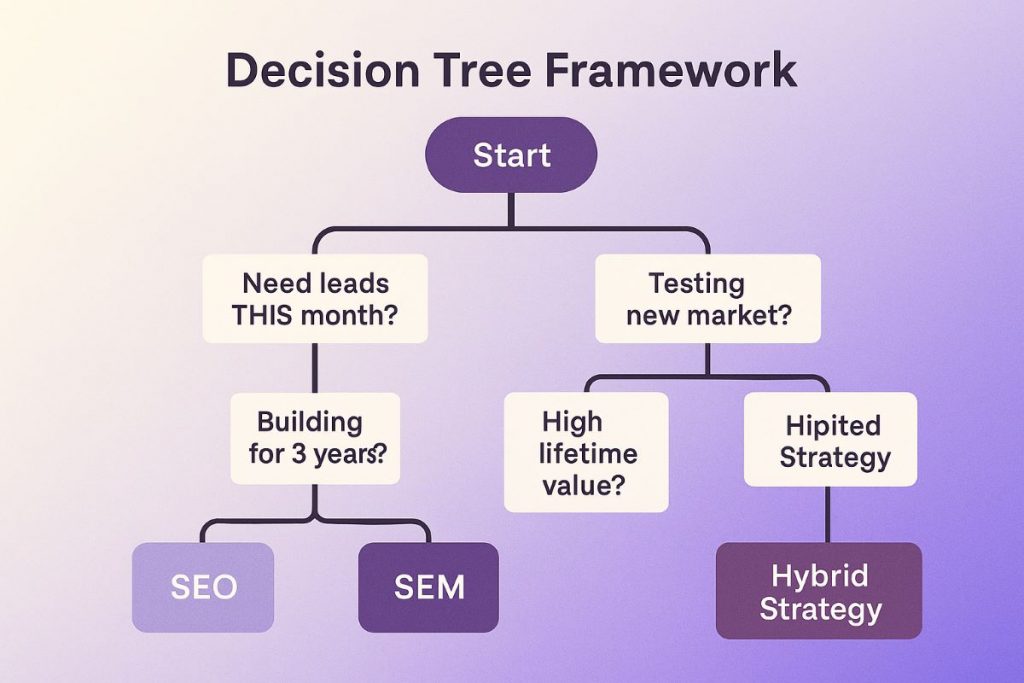
 Share
Share
 X
X
 LinkedIn
LinkedIn





